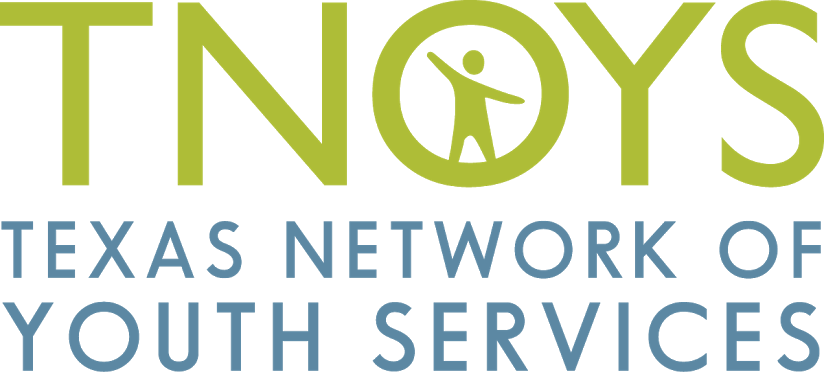 Youth in foster care are at high risk for child sex trafficking, and many TNOYS member organizations are leading Texas’ work to protect them from exploitation and facilitate their recovery. But what supports do young survivors in foster care need to help them recover from the trauma they have suffered, and to thrive in the future? The El Paso Center for Children (EPCC) is looking to answer this question through a new model that professionalizes foster care, by placing trafficking victims with degreed foster parents who have the skills and training necessary to meet their unique needs.
Youth in foster care are at high risk for child sex trafficking, and many TNOYS member organizations are leading Texas’ work to protect them from exploitation and facilitate their recovery. But what supports do young survivors in foster care need to help them recover from the trauma they have suffered, and to thrive in the future? The El Paso Center for Children (EPCC) is looking to answer this question through a new model that professionalizes foster care, by placing trafficking victims with degreed foster parents who have the skills and training necessary to meet their unique needs.
EPCC has a rich 100-year history of caring for El Paso youth, having provided homes and specialized care for four generations of children and families in need. CEO Beth Senger explained that EPCC first started a specialized program for high-needs youth several years ago, when they were one of three sites funded by the Texas Office of the Governor to provide specialized foster care services for victims of trafficking. About a year into the project, EPCC proposed taking this project a step further by funding positions that Beth refers to as “professional foster parents”.
These professional foster parents are salaried-exempt employees who have bachelor’s degrees in a human services field and have experience working with high needs youth. They earn salaries of about $50,000 per year, as well as a portion of the pass-through daily rate required by the state (which could amount to an additional $30,000). They are also prohibited from holding another job. To fill these positions, EPCC has been working to recruit degree-holding professionals who have a background in youth services, such as counselors, nurses, coaches, teachers and juvenile probation officers. Currently, two of EPCC’s foster homes are in this program, and they have funding available for one more.
“This pilot originated from our concern that we couldn’t always rely on the wonderful recruits we get to provide foster homes [when placing trafficking victims], because we knew that these kids were going to pose unique challenges that required an elevated skillset,” Beth Senger explained.
Beth hopes the pilot will prove that this model not only results in better outcomes for youth, but that there is a better way to address issues of retention and stability among foster parents. She has already heard valuable feedback from foster parents in the pilot program; one foster parent, who had been in the program for several years, acknowledged that the ability to earn her full-time living from foster parenting helped her stay with it in the long term.
Because of this, EPCC has prioritized tracking the pilot’s outcomes for foster children and parents alike. They have hired a local evaluator to answer questions such as: Are the youth more stable? Are there better measurable outcomes for the youth because they’re placed in a family with a background in youth services? Is the foster parent happier? Is there better retention/ job satisfaction?
EPCC’s next step is to build additional support for foster parents. They are looking to bring on a Clinical Care Coordinator, a new position that would work directly with youth and also provide adjustment support to foster parents. Beth views this move as a safety net for foster parents and for the program. She says that while foster family benefits do not include family therapy, they often need that support and guidance to ensure the integration of the foster child into their family is successful.
Moving forward, EPCC believes this model can be used for many types of foster youth, including those who have not been trafficked. “I believe that, when it comes to high-need youth, it’s imperative that you have people who can rely on their revenue from foster parenting,” Beth said. “We’re looking to recruit people who have committed their education to working with high-need populations, and have a commitment level and expertise to provide better outcomes.”
